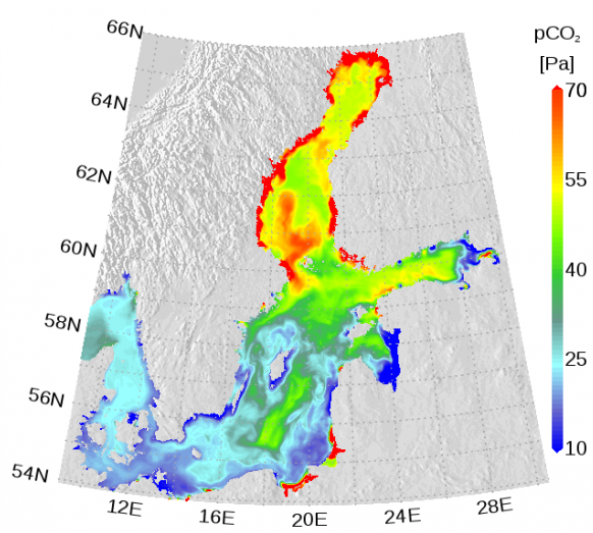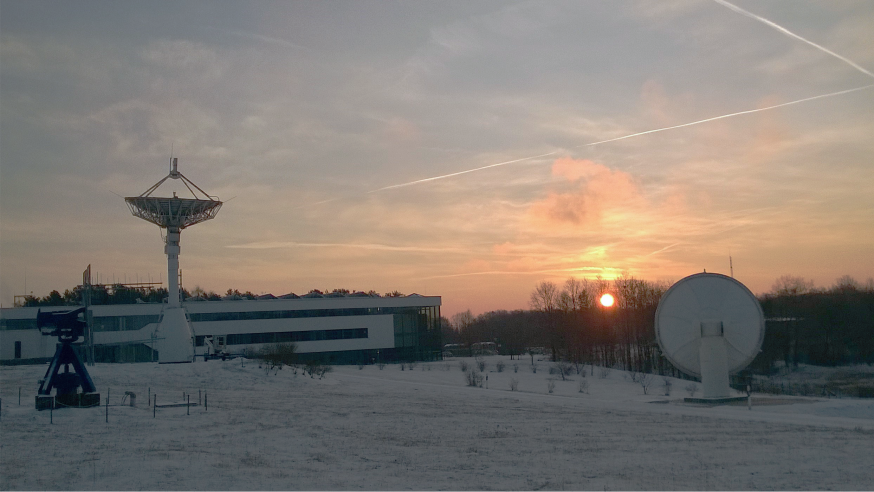Track of study: Physics of Ocean, Atmosphere, and Space



Interdisciplinary marine research in coastal and marginal seas with a focus on the Baltic Sea ecosystem is the main focus of the Leibniz Institute for Baltic Sea Research Warnemünde (IOW). Researchers in the Physical Oceanography and Instrumentation Section of the IOW work on issues related to the physics of the coastal seas as well as on understanding the regional climate system. In its research, the institute uses not only modern observational methods, but also numerical physical-biogeochemical ocean models to explain the dynamics of currents and their influence on heat and salt distributions and the consequences for the marine ecosystem. Coupled ocean-atmosphere-ice-hydrology models are applied to reconstruct climate changes over the last 8000 years and for future climate projections.
The middle atmosphere (mesosphere and lower thermosphere at an altitude of 50 - 200 km) is the focus of research at the Leibniz Institute for Atmospheric Research in Kühlungsborn (IAP). Suitable data analyses and numerical models are used to analyze, among other things, the coupling of the atmospheric layers due to dynamic processes. The diverse experimental investigations take place in Kühlungsborn, at the IAP outstation on the island of Rügen in Juliusruh, and at the geophysical observatory ALOMAR at the edge of the Arctic. The latter is located in close proximity to the launch site for sounding rockets Andøya Space and enables coordinated ground-based (LIDAR, RADAR) and rocket-borne measurements. IAP operates mobile radars to acquire measurements at other scientific hotspots in atmospheric physics and uses satellite data for global analyses. The largely unexplored region of the middle atmosphere is the transition between the atmosphere and space. It is of particular scientific interest due to its climate sensitivity and its importance for growing space traffic.
The main research direction of the Institute of Solar-Terrestrial Physics of the German Aerospace Center at the Neustrelitz site (DLR) is the investigation of space weather. The term space weather refers to the time-varying conditions on the Sun and in the solar wind and their effect on the ionosphere-thermosphere-magnetosphere (ITM) system. The Institute of Solar-Terrestrial Physics is concerned with the properties and interactions of the coupled ITM system and its forcing by energy inputs from the Sun and from the underlying atmosphere. Space weather has a significant impact on the performance and reliability of space-based and ground-based technological systems. It can cause significant disruptions to advanced communications and navigation systems, leading to increased safety risks, economic losses, and reduced quality of life. Experimental investigation of space weather takes place via advanced measurement and inversion techniques using ground- and space-based sensors.
Contact person
- Prof. Dr. Markus Meier
- Prof. Dr. Hans Burchard
- Priv.-Doz. Dr. Lars Umlauf
- Prof. Dr. Claudia Stolle
- Prof. Jorge Luis Chau
- Dr. Jens Berdermann
- Dr. Jan Maik Wissing


